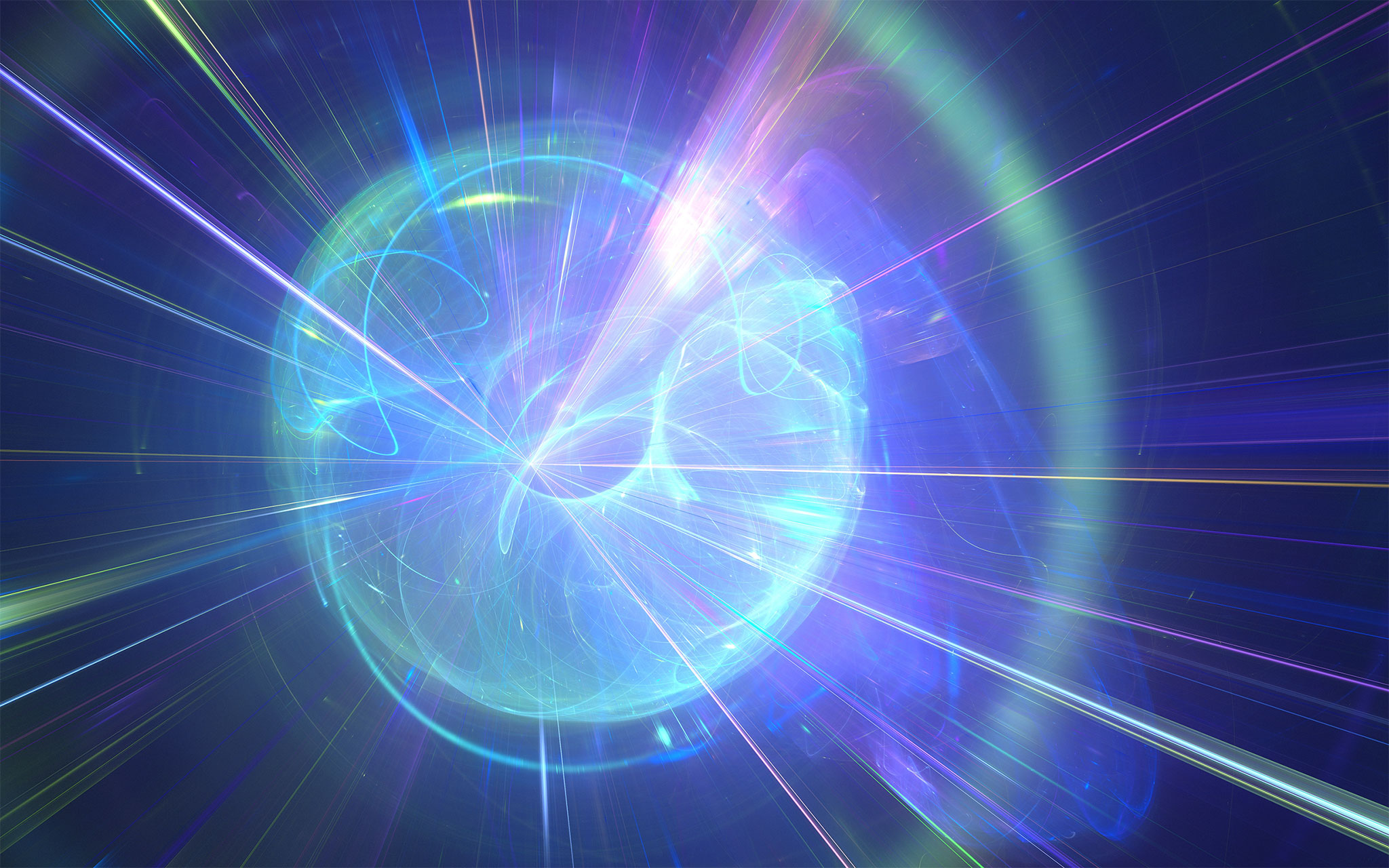Fusion technology promises nothing less than clean and sustainable energy for future generations. For this reason, research institutes around the world are working intensively on concepts for future nuclear fusion reactors – which do not have the risks associated with nuclear fission.
In a fusion reactor, light atoms such as hydrogen collide and fuse together to create heavier atoms such as helium, releasing huge amounts of energy in the process. In the sun, the fusion process is sustained by the enormous mass, gravitational force and high temperatures. In order to reproduce fusion on Earth, the gases must be heated to extremely high temperatures of around 150 million degrees Celsius. At this temperature, the gas transforms into a plasma, a prerequisite for nuclear fusion.
There are different approaches to heating a plasma to such temperatures. The most promising are magnetic fusion and inertial confinement fusion. In magnetic fusion, strong magnetic fields stabilize the plasma in a magnetically confined space. These magnetic fields also generate the temperatures and pressures required for fusion to take place. Inertial fusion is different; here, a fuel in fusion targets is compressed to an extreme and heated to the required temperature by a very rapid, external supply of energy.
 Fraunhofer Institute for Laser Technology ILT
Fraunhofer Institute for Laser Technology ILT